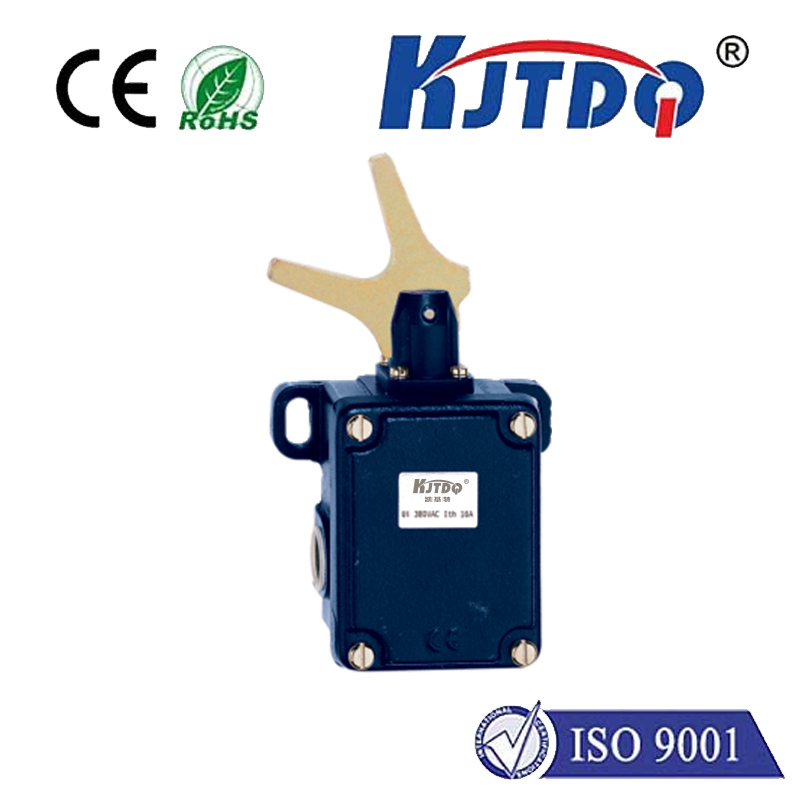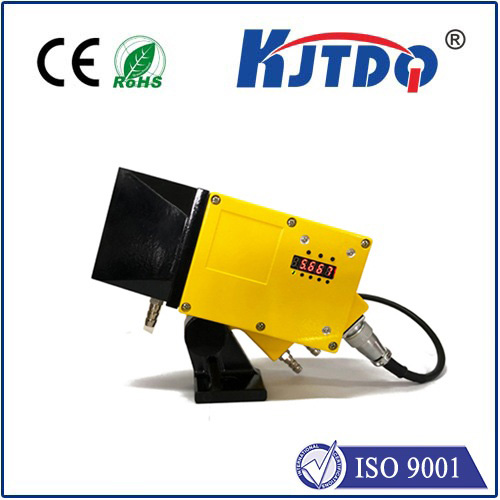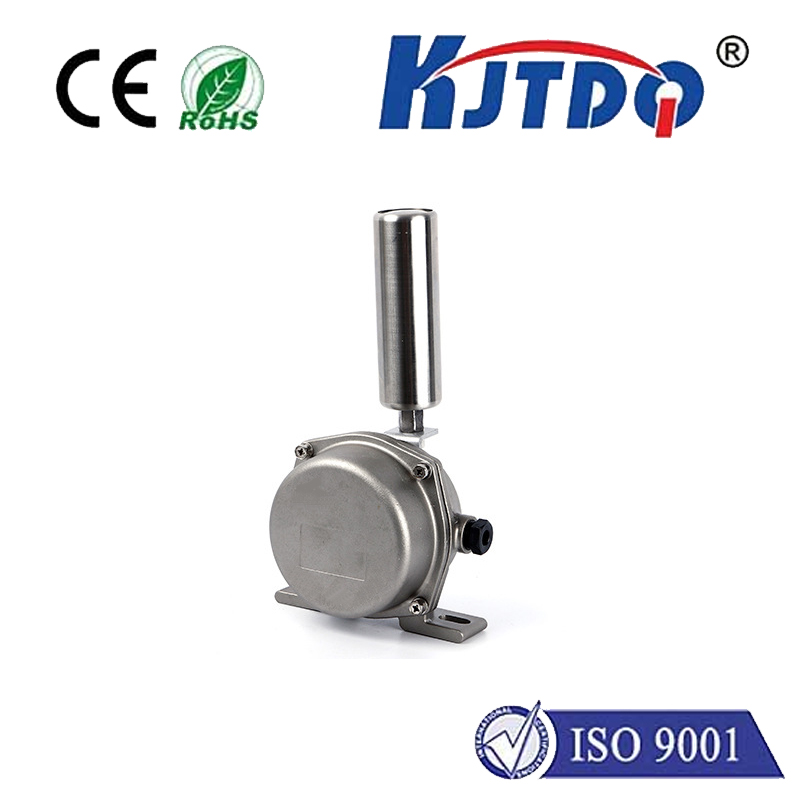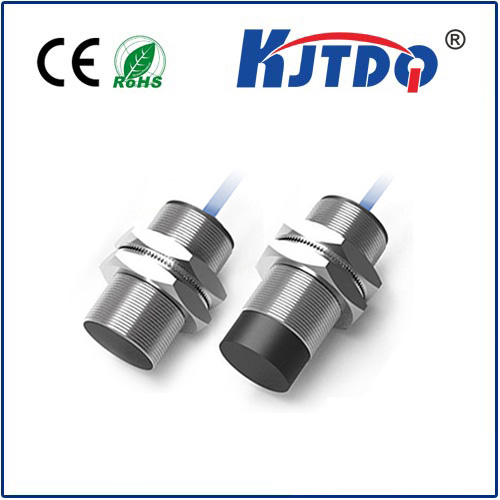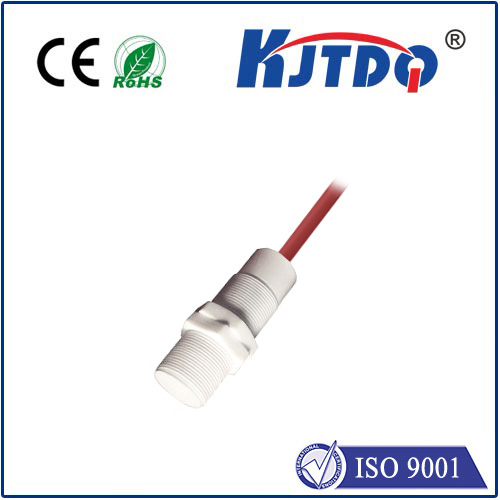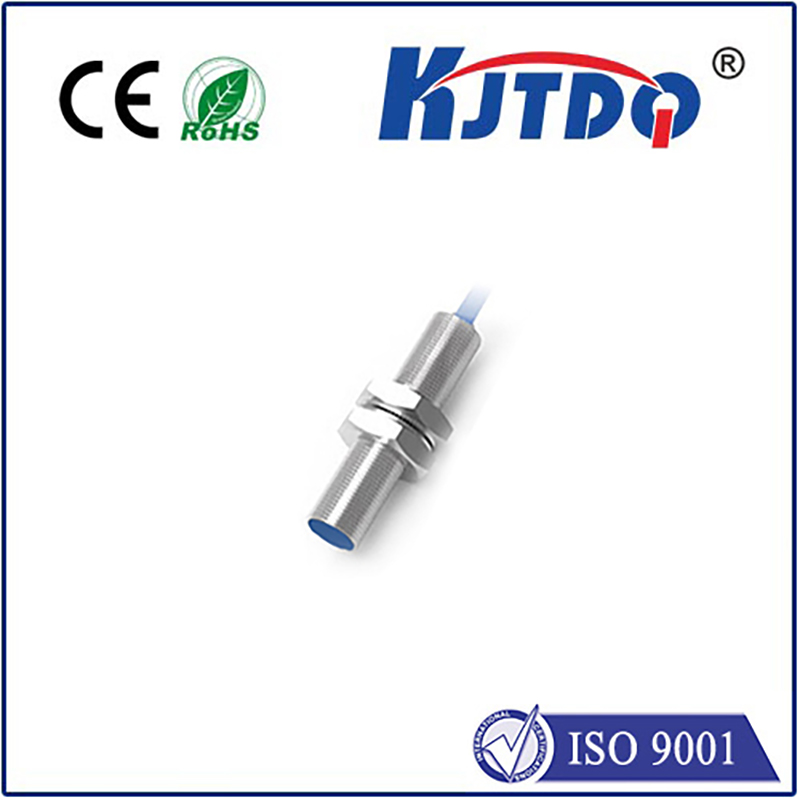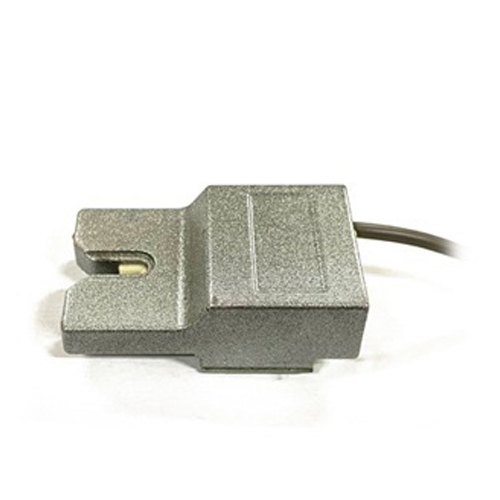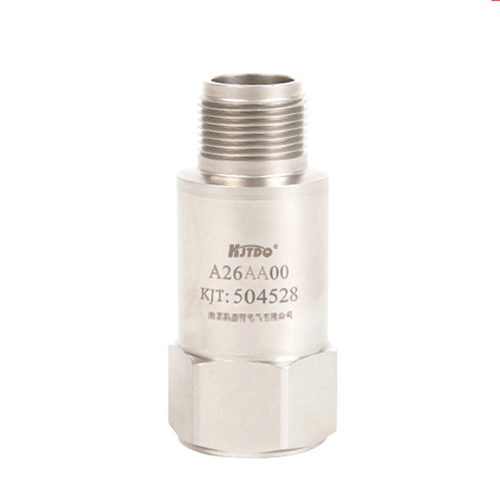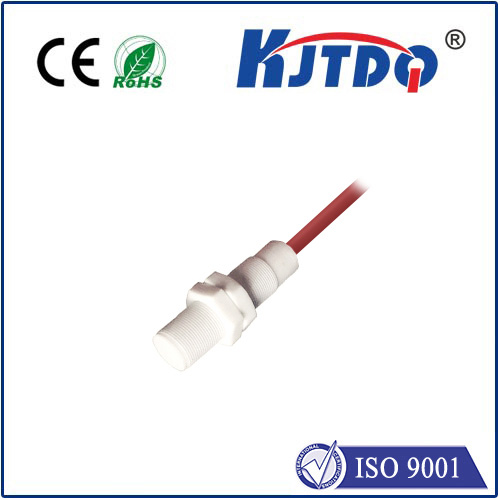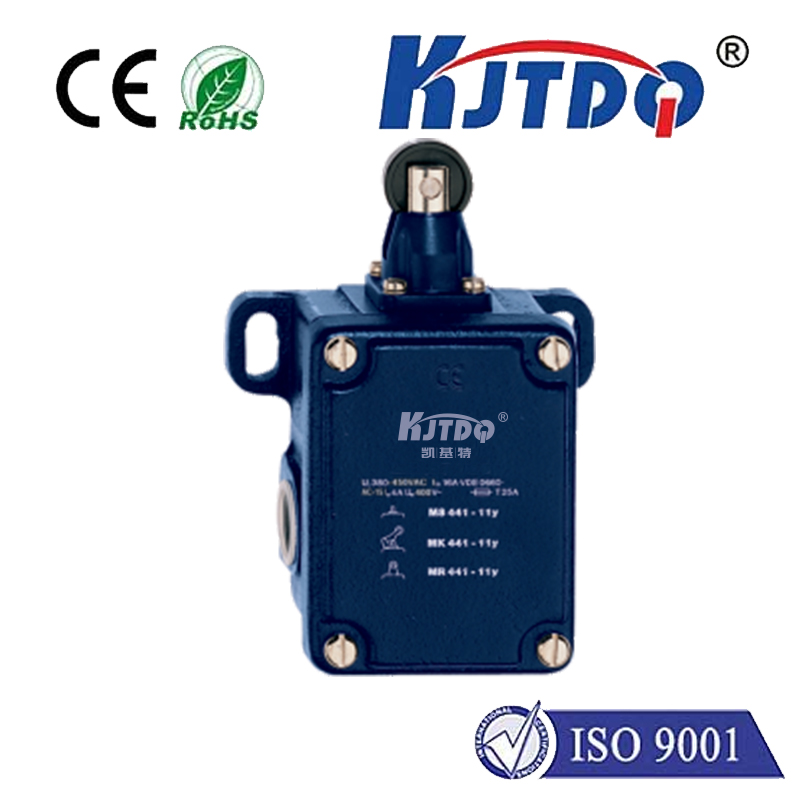Переключатель верхнего предела
- time:2025-08-08 02:36:24
- Нажмите:0
Up Limit Switch: Your Essential Guardian Against Machinery Overshoot and Damage
Picture a heavy elevator ascending smoothly. Now, envision that elevator not stopping at the top floor. The consequences are potentially catastrophic – severe damage to the lift car, the hoistway, or even injury to passengers. This terrifying scenario highlights the critical, often unseen role of a fundamental safety device: the Переключатель верхнего предела.
An up limit switch is a quintessential component in industrial control and automation systems. Its core mission? To act as a fail-safe sentinel, detecting when a moving part – whether it’s an elevator cab, a crane hook, a machine slide, or a robotic arm – reaches its pre-defined maximum safe upper position. Think of it as the ultimate “STOP” command embedded directly into the machine’s physical path. Upon contact or proximity detection (depending on the switch type) at this critical point, the switch interrupts the power circuit or sends a signal to the controller. This action immediately halts upward movement, preventing dangerous overshoot, collisions, or structural overloading.
Where Does This Silent Guardian Work?
The applications for up limit switches are vast and found in virtually every industry relying on controlled linear or vertical motion:
- Elevators & Lifts: As our opening example showed, this is arguably the most safety-critical application. The Переключатель верхнего предела is a mandatory safety component, positioned just before the absolute physical top limit, ensuring the car halts safely within the hoistway.
- Cranes & Hoists: Overhead cranes and hoists rely heavily on limit switches. The Переключатель верхнего предела prevents the hook block or load from impacting the crane bridge itself, protecting both the equipment and personnel below.
- Станки: In milling machines, presses, and other fabrication equipment, slides and tables have defined travel limits. The Переключатель верхнего предела ensures tools and workpieces don’t collide with machine frames or other components during rapid movements.
- Conveyor Systems: Sections of conveyors that tilt, lift, or divert often use up limit switches to confirm proper positioning before product transfer occurs.
- Robotics: Robotic arms performing pick-and-place or assembly tasks utilize up limit switches to define the outermost boundaries of their reach, preventing collisions with workcells or safety barriers.
- Gates & Barriers: Automated gates and barriers employ up limit switches to confirm they have reached their fully open (or sometimes closed) position correctly and safely.
Why is the Up Limit Switch So Crucial? Key Characteristics

Several factors make the Переключатель верхнего предела indispensable for reliable and safe operation:
- Absolute Safety Backup: It provides a physical, electromechanical safety layer independent of the primary control system (like a PLC or drive). Even if software fails or a sensor malfunctions, a properly positioned and maintained Переключатель верхнего предела acts as the final, reliable barrier against overshoot. This redundancy is core to functional safety standards.
- Preventing Costly Damage: Machinery collisions at high speed or under heavy load can cause extensive, expensive damage to mechanical structures, drive systems, bearings, and tooling. The Переключатель верхнего предела is a cost-effective insurance policy against these failures.
- Protecting Personnel: Preventing uncontrolled movement inherently protects workers from potential crush hazards or impacts caused by runaway machinery.
- Enhancing Automation Reliability: By ensuring components move only within their safe envelope, up limit switches contribute to predictable, repeatable machine cycles, reducing unplanned downtime.
- Robustness: Designed for industrial environments, quality up limit switches are built to withstand vibration, shock, dust, moisture extremes, and temperature fluctuations. Reliability in harsh conditions is paramount.
Installation Precision: Location is Key
The effectiveness of an Переключатель верхнего предела hinges entirely on its precise positioning. It must be installed so that it activates before the moving part reaches its absolute mechanical limit. This gap provides a crucial safety buffer. Activating at, or worse, beyond the hard stop renders the switch useless. Accurate installation often involves fine adjustment mechanisms on the switch mount or the actuator target to achieve this critical positioning.
Types of Up Limit Switches: Choosing the Right Sentinel
Several types exist, suited to different applications and environmental demands:
- Lever Arm Switches: Common and versatile. A physical lever is actuated by the moving part. Can be roller-lever types for smoother engagement. Offers high repeatability.
- Plunger Switches: Activated by direct linear pressure. Compact and good for confined spaces or precise point detection.
- Rotary Cam Switches: Often used with rotating shafts (e.g., on hoist drums). A cam profile physically trips the switch at the correct angular position.
- Proximity Switches (Inductive/Capacitive): Non-contact sensors that detect the presence of a metal target (inductive) or any material (capacitive) near the sensing face. Ideal where physical contact is undesirable or where high switching frequency is needed. Requires a separate target.
- Magnetic Reed Switches: Activated by a magnet attached to the moving part. Simple and sealed, but magnetic fields can interfere.
- Safety-Rated Limit Switches: Specifically designed and certified (e.g., to ISO 13849, IEC 61508) with features like positive opening contacts, enforced guidance, and redundancy for use in safety-critical applications (like elevators and cranes).
Maintaining Your Guardian: Ensuring Continuous Protection
Like any critical safety component, up limit switches require regular attention:
- Visual Inspection: Check for physical damage, corrosion, or loose connections.
- Operational Testing: Regularly verify functionality as part of preventative maintenance schedules. Manually trigger the switch during a safe lockout/tagout procedure to confirm it correctly interrupts the control circuit and halts movement. This is non-negotiable for safety.
- Cleanliness: Ensure the actuator (lever, plunger) and target area are free of excessive dirt, oil, or debris that could impede operation.
- Adjustment Check: Over time, vibration or wear might slightly shift alignment. Periodically confirm the activation point still provides the necessary safety buffer before the hard stop.
The Non-Negotiable Role in Industrial Safety
The Переключатель верхнего предела isn’t a complex sensor with advanced algorithms. Its brilliance lies in its simplicity and direct action. It embodies the principle of “inherent safety” – designing a physical barrier to dangerous conditions. While sophisticated control systems manage the intricate dance of automation, the humble Переключатель верхнего предела stands as a vigilant, last-line-of-defense guardian. It silently ensures that machines obey their fundamental spatial boundaries, preventing thousands of potential accidents and equipment failures every single day. Its unassuming presence on machinery is a constant testament to the vital importance of robust, reliable safety engineering. Ignoring its maintenance or function is simply not an option where safety and asset protection are priorities.

